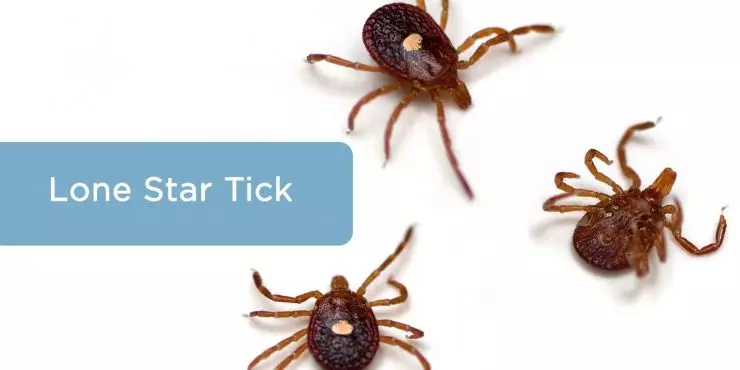Most people living in Minnesota have either been bitten by a tick or known someone who has been bitten by a tick. Most of the time these bites are harmless, but sometimes we need to worry about exposure to diseases. With tick-borne diseases on the rise across the country, it is a reasonable concern, and the doctor’s office is busy during the summer months with complaints of tick bites. When a tick stays attached too long on a person’s skin, the risk of tick diseases increases. One of the most common, and potentially serious diseases spread by ticks is Lyme disease.
Discovery of Lyme Disease
It was first described as its own disease in 1975 in Old Lyme, Connecticut, which is where the name “Lyme” comes from. You may hear it referred to as “Lyme’s” or “Limes” disease, but it is actually just “Lyme” disease. A scientist named William Burgdorfer, while studying another tick disease, Rocky Mountain Spotted Fever, discovered the bacteria responsible for Lyme disease in 1982, and named those bacteria Borrelia Burgdorferi.

An important part of Burgdorfer’s discovery is that he connected the bacteria to deer ticks. The transmission of Lyme disease is now well established. A person must be bitten by a black-legged deer tick that is carrying the bacteria Borrelia Burdorferi. It is important to note that not all deer ticks carry the bacteria. The tick must be attached at least 36 hours for the person to be exposed to the bacteria, and the risk of transmission increases the longer the tick is attached. The overall risk of transmission is actually only about 1-3%. A big reason why a person is susceptible to exposure to Lyme is that deer ticks are quite small, can bite and become attached nearly anywhere on the body, and then can go unnoticed for a long period of time. This is why it’s important to search your body, your children’s, and your pet’s bodies for ticks after being outdoors in wooded areas in Minnesota.
Prevention
Prevention has become an important piece in the effort to reduce transmission of Lyme disease.
First - know your surroundings. Deer ticks are going to be found in primarily wooded or brushy areas and are active throughout the summer. If you think you may be exposed to ticks, be sure to check your body thoroughly at least daily. Also, tick repellant is a useful product to prevent tick bites.
Second - know your ticks! There are distinct features of deer ticks that separate them from other ticks. They are generally smaller, have unique markings on the back, and have black legs.


Third - If you do discover a tick bit you, it needs to be fully removed. The safest, most effective way to do this is to use a pair of tweezers, grasp the tick near the head close to your skin, and pull gently and steadily. The area should then be washed with soap and water. You should try to estimate the maximum length of time the tick would have been on you.
Preventive Medical Treatment
If the tick has been stuck on your body for 36 hours or more and you seek medical care within 72 hours of tick removal, you may be able to receive a single dose of antibiotics to prevent contracting Lyme disease from the bite. Observation is also a reasonable alternative. If a bull’s-eye rash develops, then it’s recommended to seek treatment.
Symptoms
If you suspect that you may have been exposed to Lyme disease, it is important to know the signs and symptoms - as it can often mimic other diseases.
Lyme disease is generally classified into 3 stages:
- Early
- Early disseminated
- Late
Symptoms of early Lyme disease occur anytime within a few days of exposure and up to a month afterwards, and include the classic bull’s-eye rash (called erythema migrans or EM), fever, chills, muscle or joint aches, or fatigue. If untreated, this can progress to Early-disseminated and ultimately Late Lyme disease in the following months. Symptoms can include disseminated rash, continued fevers and chills, weakness, arthritis and swelling in joints, irregular heartbeat, facial paralysis, and headache. Even permanent nerve damage can occur.
Treatment
In Minnesota, your medical provider should be well aware of the risks and be able to identify these symptoms. Within 2-4 weeks following exposure to Lyme disease, a blood test can be drawn to help confirm the diagnosis. Your doctor will choose to treat you for Lyme disease if you were exposed, or, if you have classic symptoms shortly after exposure. Treatment with an antibiotic - most often doxycycline - has a very high success rate when started promptly.
With approximately 30,000 cases of Lyme disease each year, most in the Atlantic Northeast but documented in every state except for Hawaii, it is important that patients be aware of the risks of exposure to Lyme disease and seek medical care if they are concerned about exposure and/or symptoms.